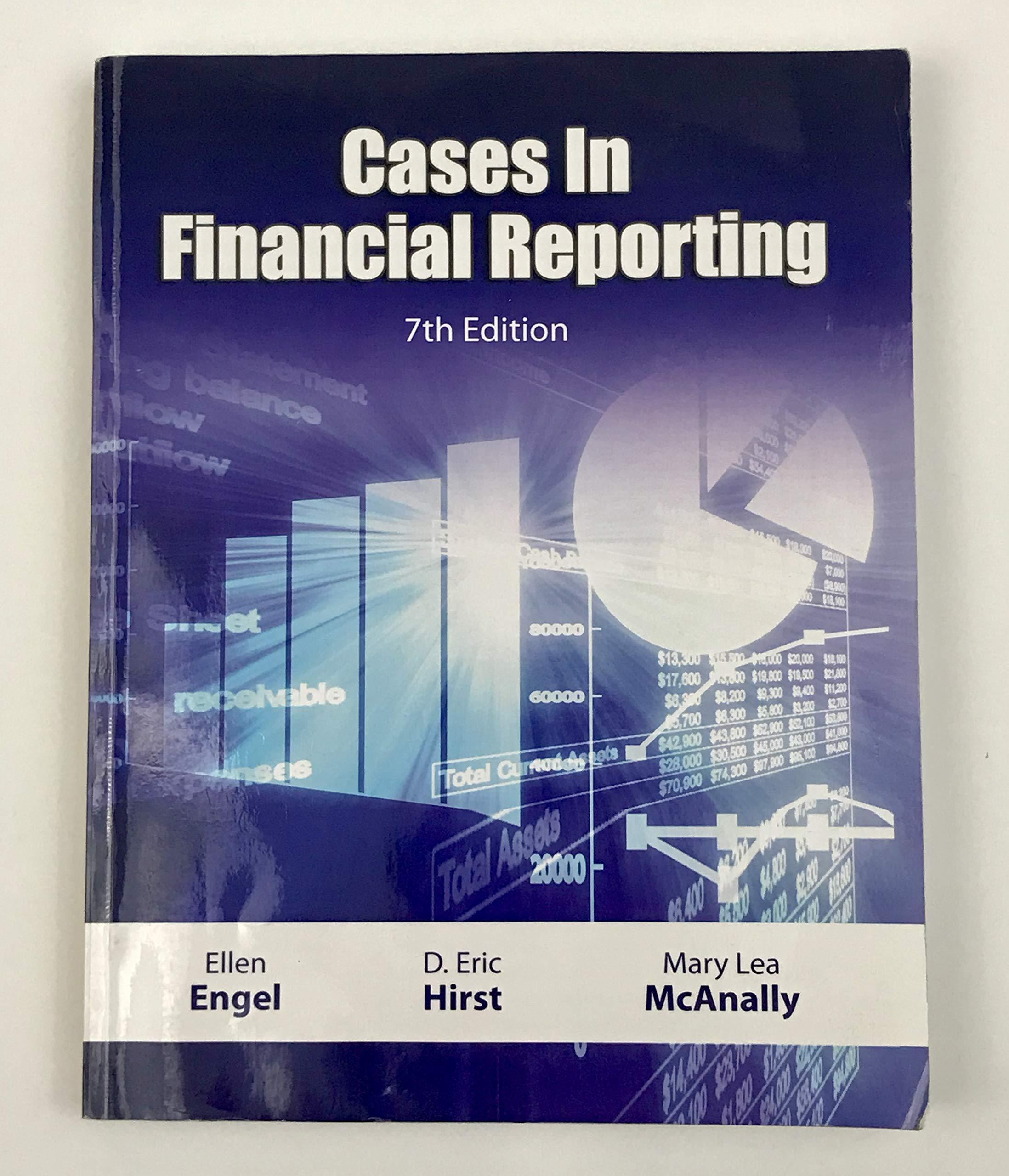39. Using the graph answer the following questions based on the additional (nve Created in responding to question #1 at the expected to decline dramatically because of sha facts set forth below. spending in the United States is, during the yean conditions and high degrees of current unuse therefore, is generally expected to decline. Ec result from the perceived prospects of poor futurs demand. production capacity. Investment Economists agree that such decline is Wkety to be lower expected returns on e, an approximately 10% decline (ie, about $ 5 billion level). (B) It is clear, however, that for at least some time, prices "stickiness" in key core costs (C) Assume that change unemployment. H that for at least some time, prices will not dror before this immediately equilibrium had been reached in the economy nces and, at that time, GDP reflected full employment, with no Howeve r, economist s predict that following the change, NRU will remain the same but cyclical cal unemployment will reach a level of 15 milion persons. Frictional uctural unemployment witl unemployment will continue to be 2 million persons and str continue to be 3 ine to be 3 million persons. The total labor force will remain at 150 million pe graph using "X's" to reflect the new following Questions: [Note: Plot the new addition to your information, including a reflection of the sticky price situation. Then answert questions. he $51o or (Cb) $505 billion (AA) If you found that the GDP level at the equilibrium point at full employment was billion("Qf"), is the new actual GDP level ("a") $507 billion (check one)? [10 points billion; fill in), and is it negativeor (BB) What is the GDP gap ($ positive(Check one)? [10 points) What is the new unemployment rate going to be ( 96); what is the NRU ( (CC) and what is the cyclical rate of unemployment (CRU) going to bel -96)? 110 points) 39. Using the graph answer the following questions based on the additional (nve Created in responding to question #1 at the expected to decline dramatically because of sha facts set forth below. spending in the United States is, during the yean conditions and high degrees of current unuse therefore, is generally expected to decline. Ec result from the perceived prospects of poor futurs demand. production capacity. Investment Economists agree that such decline is Wkety to be lower expected returns on e, an approximately 10% decline (ie, about $ 5 billion level). (B) It is clear, however, that for at least some time, prices "stickiness" in key core costs (C) Assume that change unemployment. H that for at least some time, prices will not dror before this immediately equilibrium had been reached in the economy nces and, at that time, GDP reflected full employment, with no Howeve r, economist s predict that following the change, NRU will remain the same but cyclical cal unemployment will reach a level of 15 milion persons. Frictional uctural unemployment witl unemployment will continue to be 2 million persons and str continue to be 3 ine to be 3 million persons. The total labor force will remain at 150 million pe graph using "X's" to reflect the new following Questions: [Note: Plot the new addition to your information, including a reflection of the sticky price situation. Then answert questions. he $51o or (Cb) $505 billion (AA) If you found that the GDP level at the equilibrium point at full employment was billion("Qf"), is the new actual GDP level ("a") $507 billion (check one)? [10 points billion; fill in), and is it negativeor (BB) What is the GDP gap ($ positive(Check one)? [10 points) What is the new unemployment rate going to be ( 96); what is the NRU ( (CC) and what is the cyclical rate of unemployment (CRU) going to bel -96)? 110 points)







